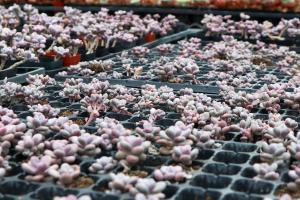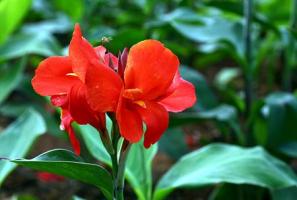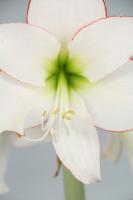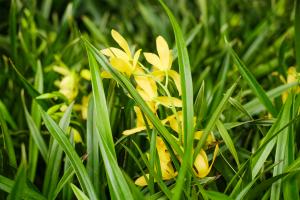1. How to water orchids in winter
Watering orchids in winter also needs to be watered to keep the soil slightly moist. However, the frequency of watering should not be too high. The interval is relatively longer than that in other seasons. Watering can be done once every five to seven days. In addition, because it is cold in winter, you can't use cold water directly, but warm water, and it's best to water at noon when the weather is sunny. Be careful not to pour too much water to avoid ponding and frostbite the plant. After watering each time, the plant can be exposed to the sun to reduce the possibility of frostbite. In addition, orchids are generally cultivated indoors in winter, which will be relatively dry, so it is necessary to spray some water appropriately to enhance the humidity of the surrounding air

2. Precautions for raising orchids in winter
Temperature: the temperature is generally low in winter. If orchids are kept outdoors, they may be frostbitten or even frozen to death. They must be moved to a warmer place indoors for maintenance. The indoor temperature should be controlled between 5-15 degrees Celsius, and sufficient sunshine should be ensured, which is conducive to the plant breeding flower buds
Fertilization: orchids generally enter the dormancy period in winter and do not need fertilization, but some varieties, such as Chunlan, are relatively cold resistant and will grow in winter. Therefore, it needs to be supplemented with nutrients in time, and phosphorus and potassium fertilizer can be sprayed on its leaves

Watering: in winter, orchids are generally in a dormant state, and the demand for water will be greatly reduced, as long as the basin soil is kept slightly wet. When watering, it can be watered with warm water at noon on a sunny day, and water can be sprayed around it to improve the humidity
Ventilation: orchids generally like an environment with smooth air circulation, but it is cold in winter and generally do not open windows often, which is not conducive to the survival of orchids. It is necessary to strengthen indoor air convection. You can open the window for ventilation at noon when the weather is sunny and windless, or temporarily put the plants outdoors in a place with wind and light
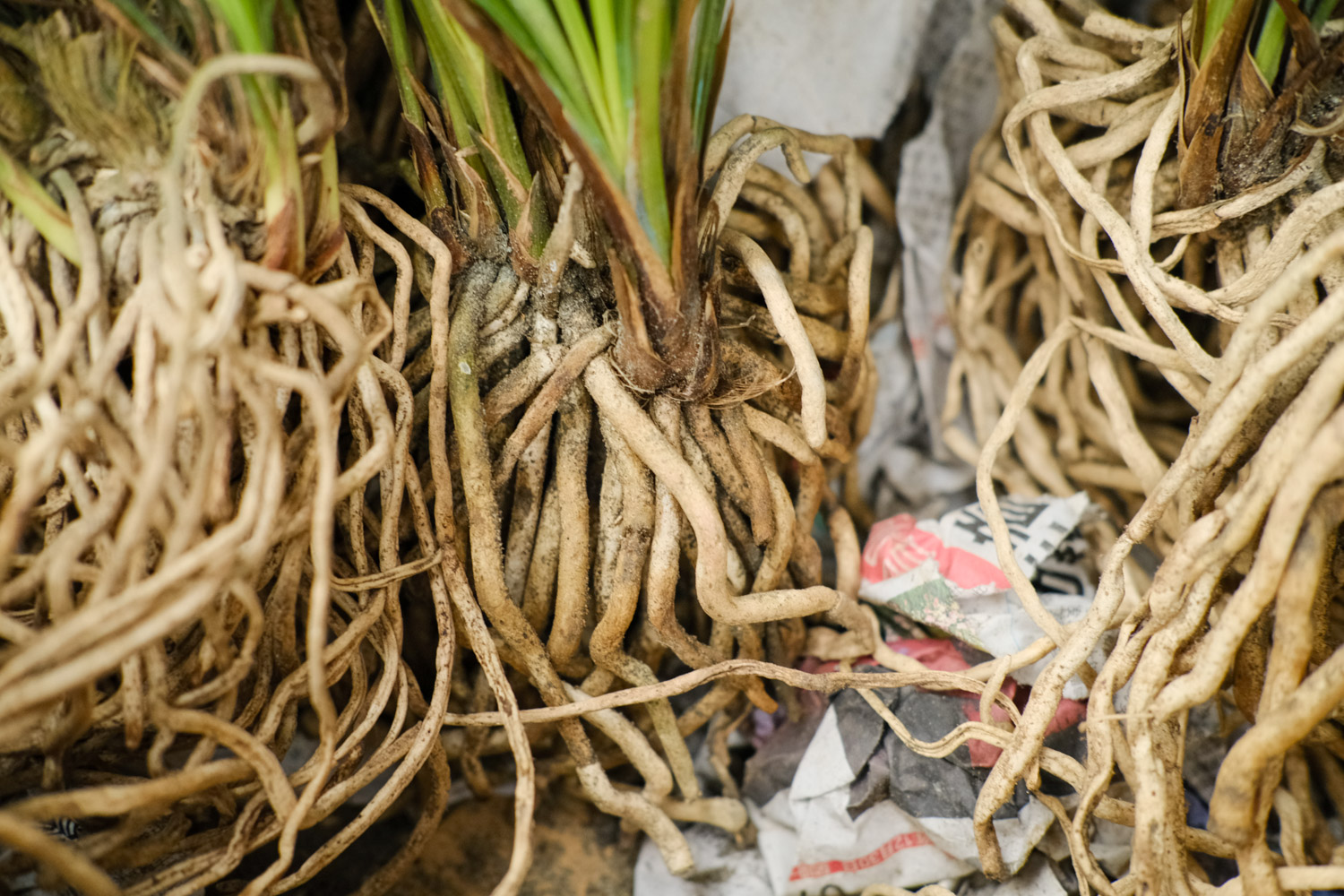

 how many times do yo...
how many times do yo... how many planted tre...
how many planted tre... how many pine trees ...
how many pine trees ... how many pecan trees...
how many pecan trees... how many plants comp...
how many plants comp... how many plants can ...
how many plants can ... how many plants and ...
how many plants and ... how many pepper plan...
how many pepper plan...